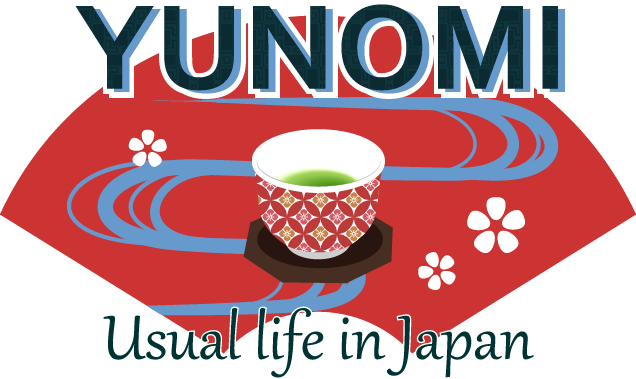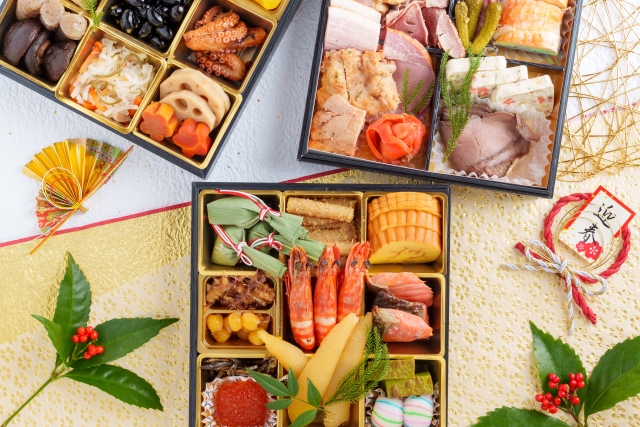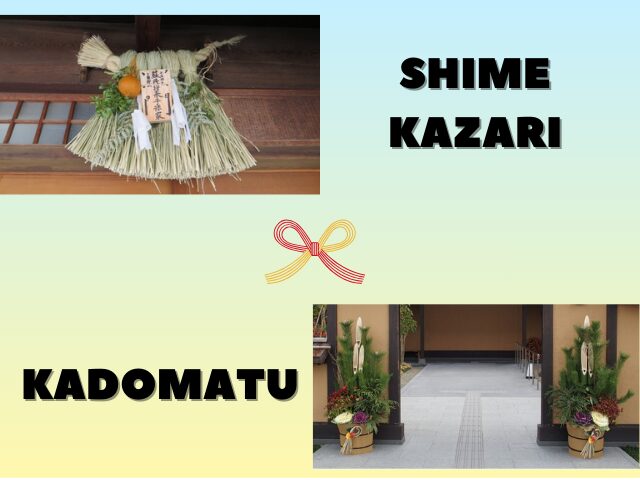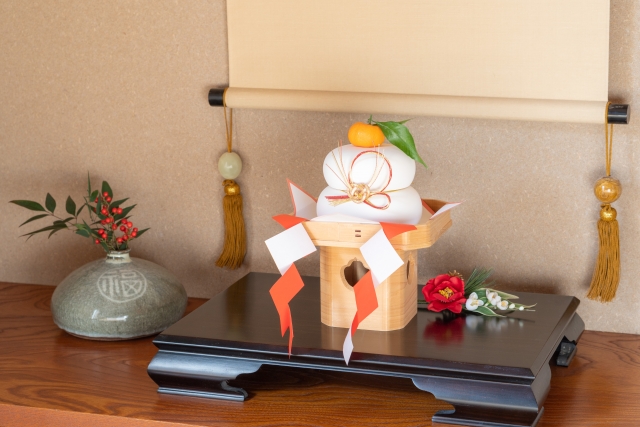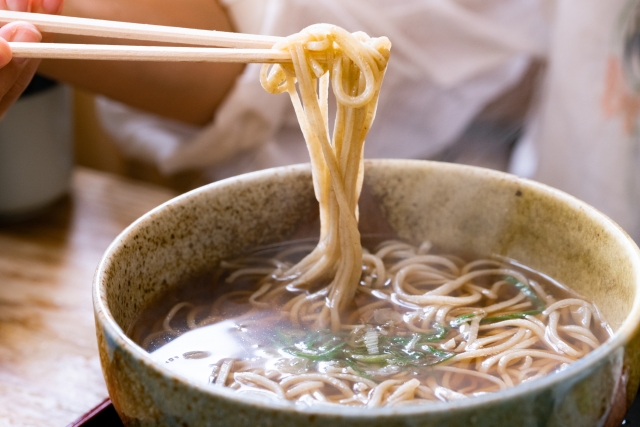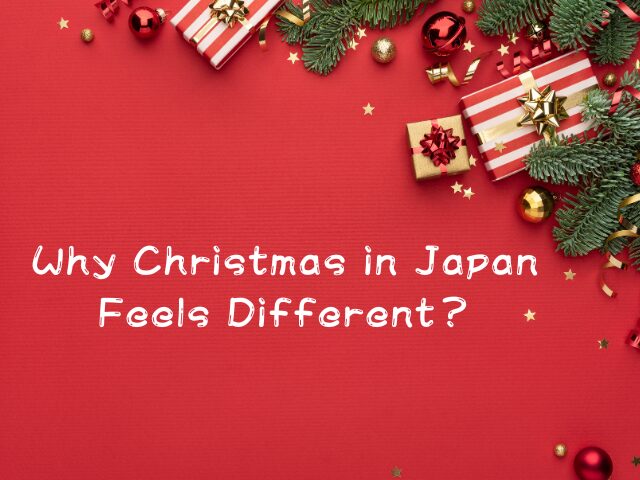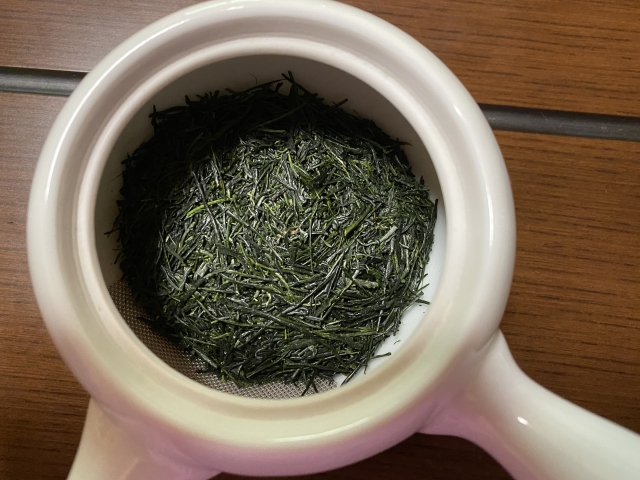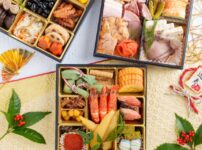NEW ENTRY
Osechi Ryōri: Japan’s New Year Feast and the Meaning Behind Every Dish
Osechi ryōri is Japan’s traditional New Year feast, prepared in advance and beautifully packed into lacquered boxes called jūbako. Each dish carries symbolic meaning — from health and longevity to prosperity and family harmony. This article explains what osechi is, why it’s prepared before New Year’s Day, and the cultural beliefs behind this centuries-old tradition. What Is Osechi? Osechi literally means “seasonal festival food,” originally referring to meals offered during important points in the calendar year. Today, the word mainly refers to the special dishes eaten during Oshōgatsu — Japan’s New Year celebration. These dishes are packed into a multi-tiered lacquer box called a jūbako. The layers symbolize “stacking up good fortune” for the coming year — a beautiful representation of Japanese hopes for happiness, health, and prosperity. Why Osechi Is Prepared Before New Year’s Day Although it is a New Year’s meal, osechi is almost always prepared before December 31st. This tradition is rooted in two major beliefs: 1. Osechi Is Originally an Offering to the Gods New Year’s Day welcomes Toshigami, the deity of the incoming year. Osechi dishes were originally made as offerings and later shared by the family to receive the deity’s blessings. Because of this, having osechi ready by the morning of January 1st was considered essential. If the food was not prepared on time, it was seen as disrespectful to the gods. 2. Knives Should Not Be Used During New Year In Japanese culture, knives symbolize “cutting ties”. Using them on New Year’s Day was thought ...
Shimekazari & Kadomatsu: Japan’s New Year Decorations of Purification and Welcome
In Japan, the New Year is welcomed not just with celebrations but with a deep sense of renewal and spiritual preparation. Two traditional decorations — shimekazari and kadomatsu — are placed at entrances to purify the home and invite the New Year deity, Toshigami, to bring blessings for the coming year. What Is a Shimekazari? A shimekazari is a sacred New Year decoration made from twisted rice straw, pine, zigzag paper strips, and various auspicious ornaments. Hung above the doorway, it marks the entrance as a purified, protected space suitable for welcoming the divine. Although simple in appearance, each component carries symbolic meaning rooted in Shinto beliefs. The Meaning Behind Each Element Urajiro (fern) Two symmetrical leaves symbolize marital harmony. The pale underside represents purity and a sincere heart. Yuzuriha (evergreen leaf) As new leaves grow, older leaves naturally fall away. This expresses generational continuity — the passing of fortune and responsibility to the next generation. Daidai (bitter orange) A fruit that can remain on the tree for years. Because one branch may bear fruit across multiple “generations,” it symbolizes long-lasting prosperity. (Modern shimekazari often use a durable plastic daidai for convenience.) Shide (zigzag paper) A Shinto symbol marking sacred or purified spaces, inviting divine protection. Different Types of Shimekazari Shimekazari come in various styles across Japan, reflecting regional customs and differences in lifestyle. Tamakazari: A thick circular rope decorated with fern, shide, daidai, a folding fan, and sometimes shrimp (symbol of longevity). Common in eastern Japan and often ...
Kagami Mochi: The Meaning, History, and Modern Traditions of Japan’s New Year Display
Kagami mochi is one of Japan’s most iconic New Year decorations. Placed in the home to welcome the New Year deity, it represents purity, continuity, and good fortune. This guide explains what kagami mochi is, the meaning behind its shape, why a “daidai” fruit sits on top, and how modern versions have changed. What Is Kagami Mochi? Kagami mochi is a traditional New Year offering consisting of two stacked rice cakes with a citrus fruit on top. The decoration is displayed from late December until Kagami Biraki, a ceremonial “opening” in early January. The two mochi symbolize harmony between the old year and the new, and the offering invites the New Year deity to bless the household. Origins and Cultural Background The shape of kagami mochi resembles a round bronze mirror (“kagami”) used in ancient Shinto rituals. Mirrors were believed to hold spiritual power and reflect purity. By offering this form of mochi, households presented a sacred “mirror” of gratitude and hope for the year ahead. Kagami mochi also reflects the Japanese value of seasonal boundaries. Displaying it marks the clear transition from the old year to the new, an important cultural rhythm in Japan. The Meaning Behind the Shape The two mochi represent the past year and the coming year, layered to “stack blessings.” The round shape symbolizes completeness and harmony. The stack reflects the idea of “renewing life” through gratitude and offerings. The Daidai: Not an Orange After All Although many people assume the fruit on top is an orange, ...
Why Do Japanese Restaurants Serve Ice-Cold Water Even in Winter?
Imagine stepping into a cozy restaurant in Japan on a freezing winter day. You take off your coat, sit down, and—before you even open the menu—a glass of water with ice cubes arrives on your table. It’s refreshing, yes, but also puzzling: why ice-cold water, even in the middle of winter? A Custom Rooted in Hospitality In Japan, serving cold water is not just a practical act — it’s a symbol of omotenashi, the country’s unique spirit of hospitality. For restaurant staff, offering something cool and clean-looking is a sign of care and respect. Cold water feels “fresh” and “pure,” which gives guests the impression of being well taken care of. Even in the coldest months, many Japanese people associate cold water with cleanliness and politeness. It’s a way to say, “Welcome, please relax,” without words. The Historical Roots of Cold Water Service Before refrigerators became common, serving cold water was a sign of luxury and attention to detail. During the Meiji and early Showa eras, only restaurants with ice-making machines could provide chilled drinks. As refrigeration spread, this custom remained — transforming from a luxury into a symbol of good service. By the late 20th century, serving icy water had become the national default in restaurants, regardless of the season. Warm water or tea, though available in many households, came to be viewed as something more casual or private, not part of a professional dining experience. The Psychology Behind the Ice There’s also a practical reason: visual impression. A glass of ...
Toshikoshi Soba: Japan’s Year-End Noodles of Longevity and Gratitude
In Japan, the final evening of the year — Ōmisoka — is celebrated quietly with a special bowl of soba noodles called toshikoshi soba. The name means “year-crossing noodles,” and this simple dish carries a deep message of farewell and renewal. It marks the closing of one year and the beginning of another, reminding people to let go of hardships and welcome a fresh start. Why Japanese People Eat Soba on New Year’s Eve The tradition dates back to the Edo period (1603–1868). Soba noodles, made from buckwheat, are long, thin, and easy to cut — symbolizing a smooth break from the past year’s misfortunes. At the same time, their length represents a wish for long life and prosperity in the year to come. Eating soba before midnight is believed to bring good luck and help you “cross over” into the new year with a clear heart. The Symbolism Behind the Noodles Length – longevity and endurance Cutting easily – letting go of troubles and debts Simple flavor – humility and mindfulness Toshikoshi soba is more than a meal; it is a moment of reflection and gratitude for having lived another year. Regional Variations Across Japan, each region gives its own twist to the dish: Tokyo (Edo-style): hot soba in a soy-based broth with green onions and tempura Hokkaido: soba with herring (nishin soba) Kyoto: delicate broth with sliced fish cakes Nagano: handmade soba with mountain vegetables These local styles show how soba reflects both community and climate — a taste of ...
